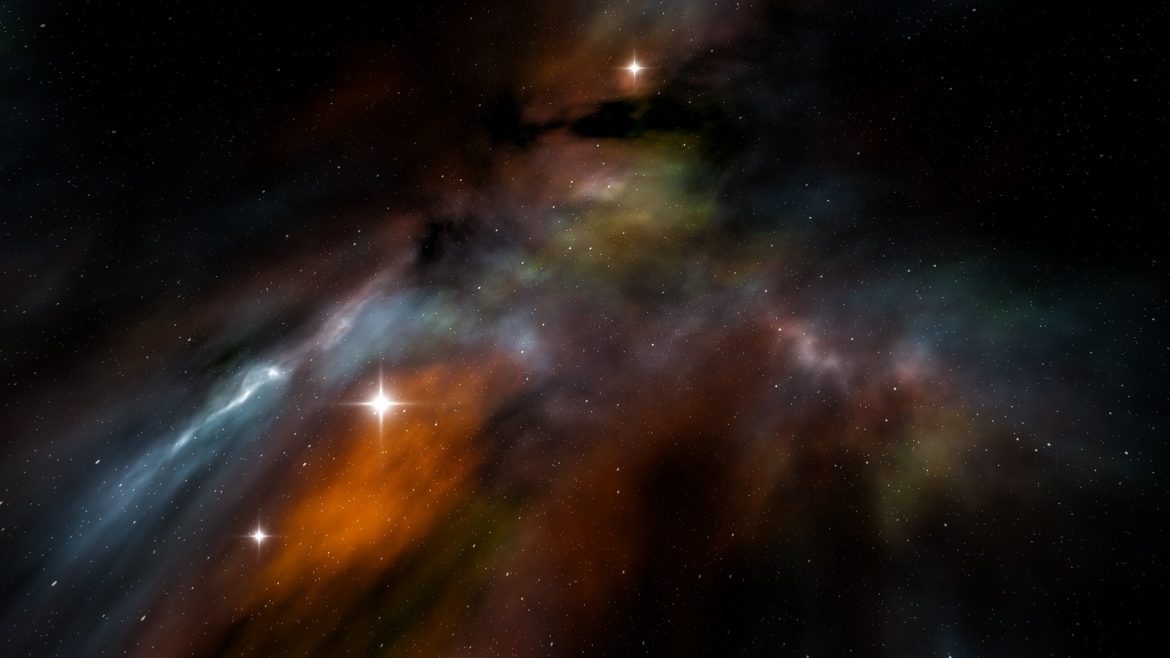Remember stars and planets? They are formed in a nebula, a large nebula can form a star cluster…… There are a lot of interstellar structures other than stars.
Nebulas
A nebula is among the most beautiful structures in the Universe. It is an interstellar cloud of ionized gas and dust. Although they seem to be so dense, a nebula is, in fact, very close to a vacuum, only hundreds of atoms per cubic centimetre. They weigh a couple of solar masses while being light years across.
Planetary Nebulas
A planetary nebula forms when a low-mass star turns into a white dwarf. The gas cloud is the former outer layers of the star. A planetary nebula’s lifetime is very short compared to the former star because it expands. They will eventually disappear in space in a few tens of thousands of years so they are extremely rare. Interestingly, only 20% of planetary nebulas are circular or nearly circular.
Stellar Nursery
Nebulas are the origin of stars. Although they are just floating gas clouds, when parts of them got dense enough, it will form star systems. Our Solar System starts with a nebula too. About star’s formations, go there. One famous example is the Tarantula Nebula, which gave birth to a lot of massive and luminous stars. This mega-structure is also huge, hundreds of light years across.

Star Clusters
Star clusters are large star systems, which means a lot of stars being gravitationally bound there. They are separated into 2 groups: globular clusters and open clusters. To determine a cluster’s age, we should look at the evolutionary stage of stars there because they are roughly the same age.
Open Clusters
Open clusters are quite youthful because they don’t last long. They are only loosely bound by gravity, and they are born in the same molecular cloud. They usually have a few thousand stars, and they lose members by migration. The Pleiades is a well-known example, and it consists of some hot, blue-white stars that are young enough not to have died.
Since they are loosely bound, open clusters are not as dense as globular clusters. For example, only about 3,000 stars are there in the 35-light-year-wide Pleiades Cluster.

Globular Clusters
Globular clusters are circular, hence its name. They contain more stars than open clusters, about hundreds of thousands of them. Globular clusters are usually old and contain low-mass stars since the high-mass stars have already died.
One strange example of globular clusters is Omega Centauri. It might be the centre of a disrupted dwarf galaxy. More surprisingly, compared to the distance of 15,800 light years, a nearby star, called Kapetyn’s star, could be born there.

